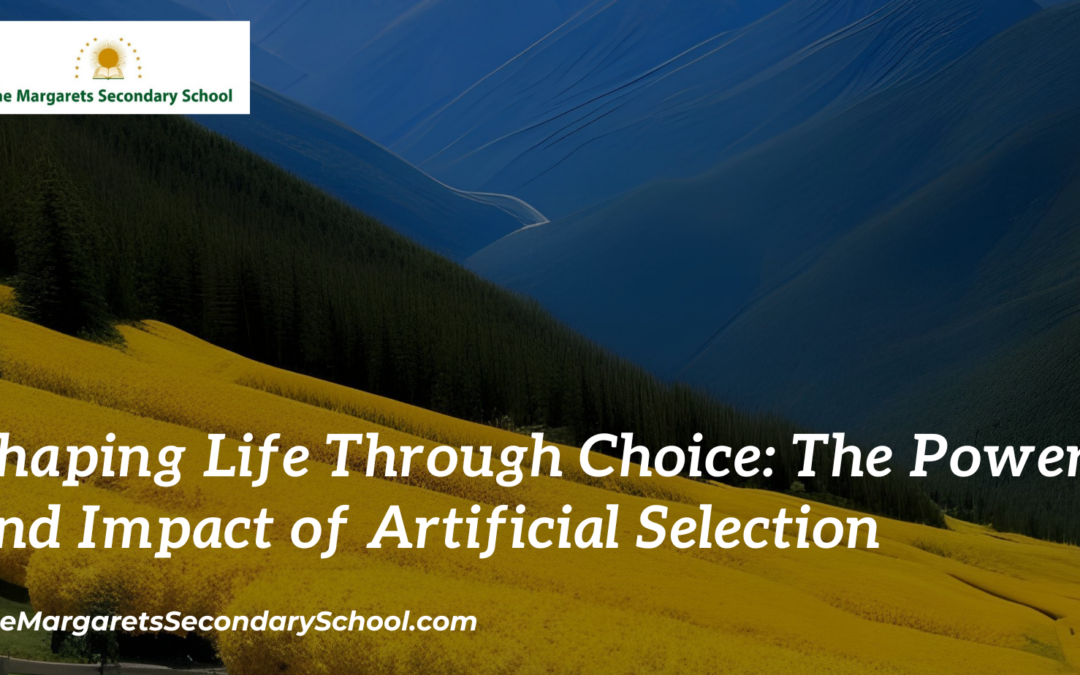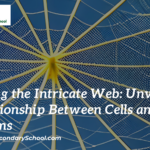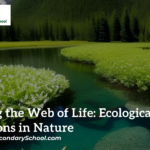Artificial Selection
The journey of domesticated plants and animals from their wild ancestors to the myriad forms we recognize today has been significantly influenced by human intervention. Artificial selection, a deliberate and controlled form of evolution, has allowed humans to mold the characteristics of various species to meet their specific needs and desires. This article delves into the fascinating world of artificial selection, exploring its mechanisms, historical significance, and contemporary applications.
Understanding Artificial Selection
Artificial selection, often referred to as selective breeding, involves humans selecting certain individuals from a population to reproduce based on desired traits. Unlike natural selection, which operates through environmental pressures, artificial selection hinges on human choices. This process aims to amplify specific traits within a population over generations, leading to significant changes in the phenotype of a species.
Mechanisms and Techniques
- Trait Selection: Breeders choose individuals with desired traits, such as size, color, speed, or behavior. These traits could have practical, aesthetic, or economic value.
- Crossbreeding: Introducing genetic diversity from different populations or breeds can lead to the combination of desirable traits. Crossbreeding can also help avoid inbreeding, which can lead to genetic disorders.
- Inbreeding: Controlled mating between close relatives with the same desirable traits can accentuate those traits, but it also increases the risk of inheriting harmful recessive traits.
- Selective Culling: Removing individuals with undesirable traits from the breeding pool helps concentrate the desired traits in subsequent generations.
Historical Significance
- Agricultural Advancements: The development of crops with larger yields, better taste, and improved resistance to pests and diseases has been crucial for feeding growing populations.
- Animal Husbandry: Livestock has been selectively bred for qualities like meat production, milk yield, wool quality, and work capabilities, leading to domesticated breeds optimized for specific purposes.
- Ornamental and Companion Species: The wide variety of pet breeds and ornamental plants reflects humans’ aesthetic preferences, leading to breeds with unique appearances and behaviors.
Contemporary Applications
- Agriculture and Food Security: Modern agriculture relies heavily on selectively bred crops and livestock to meet global food demands efficiently.
- Biomedical Research: Researchers use selectively bred animal models to study genetic disorders, diseases, and therapeutic interventions.
- Conservation: Selective breeding can aid in conserving endangered species by maintaining genetic diversity in captive populations and preparing for potential reintroduction.
Ethical Considerations
The power of artificial selection raises ethical questions about the extent of human control over other species. Concerns include animal welfare, potential health risks, and the preservation of natural genetic diversity.
The Future of Artificial Selection
As genetic technologies advance, the boundaries of artificial selection blur with genetic engineering. Techniques like CRISPR-Cas9 enable precise modifications of an organism’s DNA, presenting both promising opportunities and ethical dilemmas.
Conclusion
Artificial selection exemplifies humanity’s unique role in shaping the biological world around us. It is a testament to the power of human ingenuity and curiosity, revealing the potential of biology as a malleable canvas. As we navigate the ethical considerations and scientific possibilities, the story of artificial selection reminds us of the profound impact we can have on the living world, prompting us to approach this power with a sense of responsibility and mindfulness.





